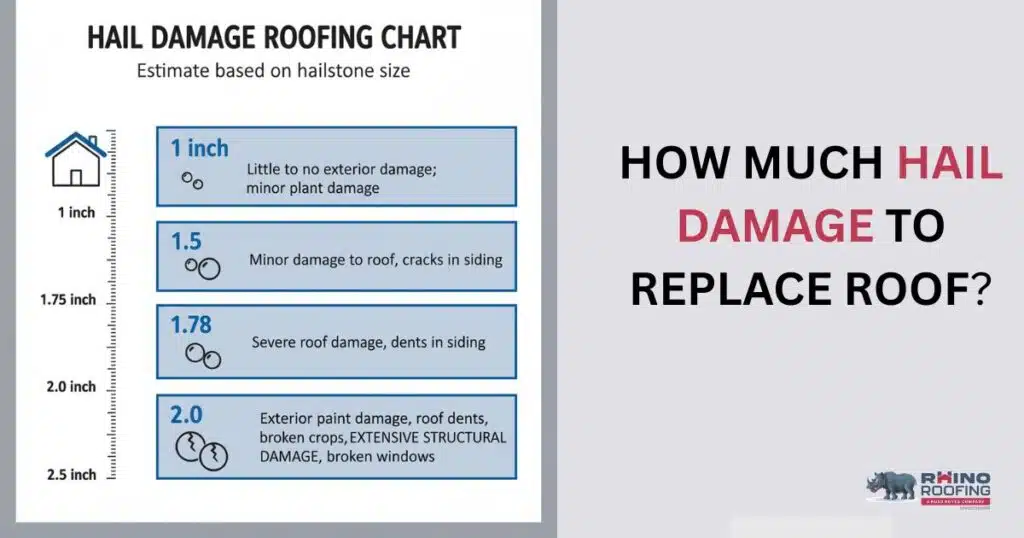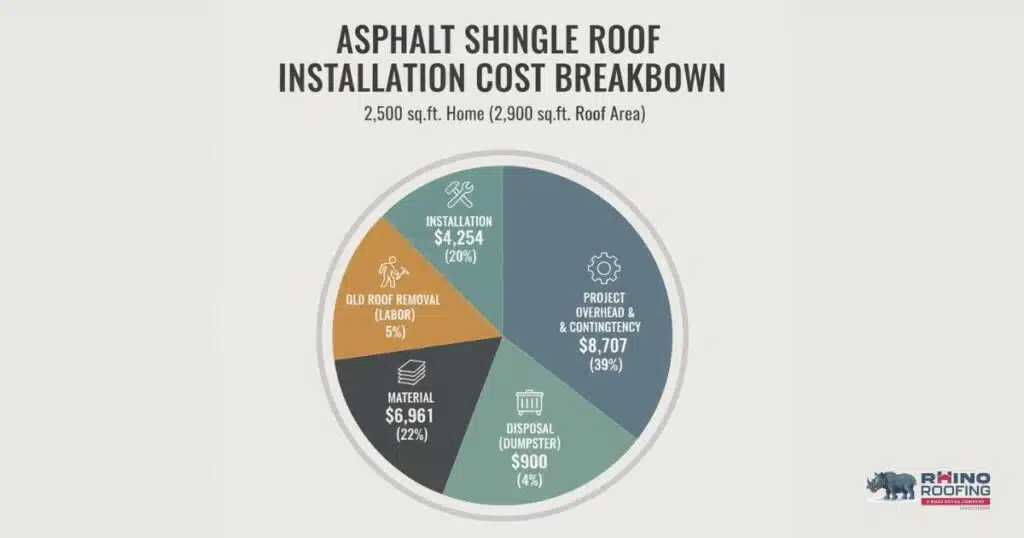If your roof has been damaged by a storm, fallen tree, or unexpected leak, it can feel overwhelming—especially if you can’t get a roofing professional out right away. The good news? You can temporarily protect your home by learning how to tarp a roof.
Tarping a roof isn’t a permanent fix, but it can help prevent further water damage until the experts at Rhino Roofing Orlando arrive to make full repairs.
Why Tarping Your Roof Matters
When your roof is compromised, every minute counts. Rain, wind, and debris can make things worse quickly. Placing a tarp over the damaged area acts like a shield, protecting your home from the elements.
Knowing how to put a tarp on a roof gives you peace of mind and buys you time.
What You’ll Need
Before you begin, gather the following materials:
- Heavy-duty waterproof tarp (big enough to cover the damaged area plus 3 feet on all sides)
- Sandbags or other heavy weights
- Strong adhesive or roofing nails (depending on your roof type)
- Ladder
- Work gloves
- Non-slip shoes
- Utility knife or scissors
- Broom (to clean the area before laying the tarp)
Step-by-Step: How to Tarp a Roof
1. Safety First
Only attempt to tarp your roof if it’s safe to do so. Use a stable ladder and wear shoes with good grip. Avoid going on the roof during high winds or rain. If you’re unsure or the roof seems unstable, call Rhino Roofing for emergency help.
2. Inspect the Damage
Take a good look at the damaged area from the ground, and then from the roof (if safe). Identify how large the damage is so you can cut your tarp accordingly.
3. Cut the Tarp
Use a utility knife or strong scissors to cut your tarp. It should be large enough to extend at least 3 feet beyond the damaged area on every side. This helps prevent water from seeping in at the edges.
4. Clear the Area
Remove any loose shingles, debris, or branches from the damaged area. A clean surface allows the tarp to lay flat and stay secure.
5. Place the Tarp
Start at the top of the roof (the ridge) and roll the tarp downward to cover the damage. Smooth it out as you go, making sure there are no wrinkles or folds.
6. Secure the Edges
Now comes the important part—how do you secure a tarp to a roof? Use roofing adhesive or nails to attach the edges of the tarp to the roof. Then, place sandbags along all edges to hold it down. The narrow ends of the sandbags should face down the slope to prevent them from sliding off.
For added security, place a few sandbags across the center of the tarp as well.
7. Final Inspection
Walk around your home and check the tarp from all sides. Make sure it’s flat and tight. Look out for any loose edges that could let in water or catch the wind.
Can You Tarp a Roof with Sandbags?
Yes—you absolutely can. In fact, sandbags are one of the best tools for keeping a tarp in place. Their weight helps press the tarp flat against the roof, making it less likely to flap or shift during a storm. Just make sure the bags are about two-thirds full and tied tightly.
How Long Will a Tarp Last on a Roof?
A properly secured tarp can last for several days to a few weeks, depending on the weather. However, remember this is only a temporary solution. You should always follow up with a professional inspection and repair as soon as possible.
Read Also: Gutters for Metal Roofs: The Best Options in 2025
Do’s and Don’ts of Roof Tarping
Do:
- Use a tarp that’s the right size (too small won’t help; too big is hard to manage)
- Check the tarp regularly, especially after bad weather
- Use enough sandbags to weigh it down securely
- Contact a professional roofer for permanent repairs
Don’t:
- Tarp the roof in dangerous weather conditions
- Leave wrinkles or air pockets in the tarp
- Ignore your tarp after installation
- Treat the tarp as a long-term fix
Final Thoughts
How to Tarp a Roof is something every homeowner should know how to do in an emergency. While it’s not a permanent fix, it can save you from serious damage and give you time to get help. With the right tools, a little caution, and this guide, you’ll know exactly how to tarp a roof—and do it safely.
If you’re in the Orlando area and need help fast, Rhino Roofing Orlando is here for you. We offer emergency services, storm damage repair, and full roof replacements.
Don’t wait—protect your home today.





